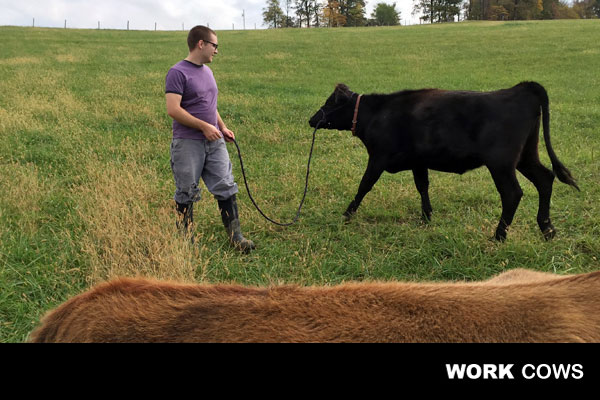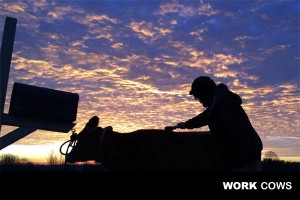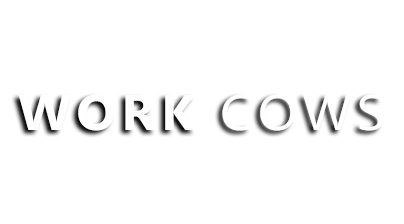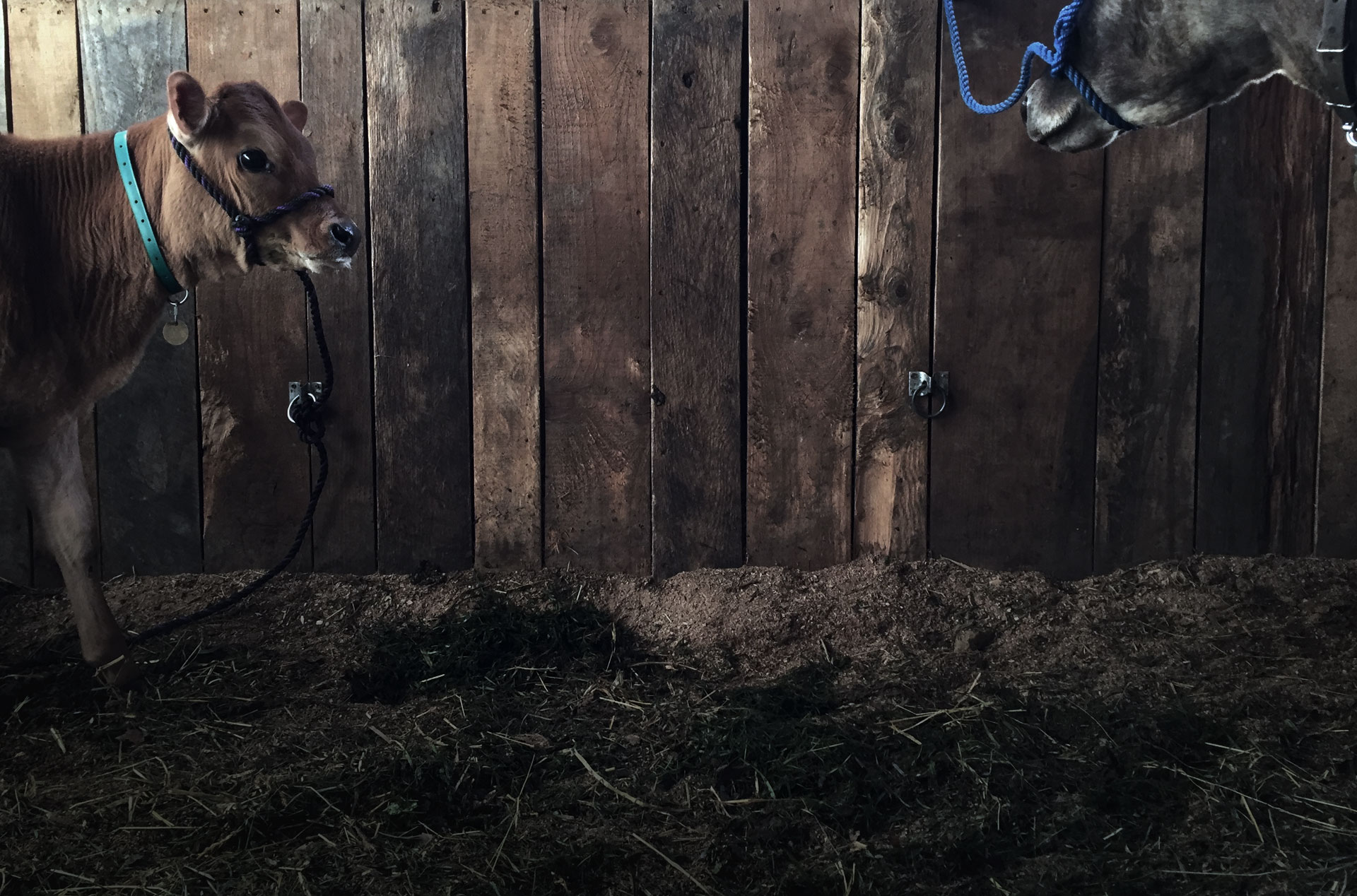
01 Dec The Farmer and the Land – A Deeper Connection
If you have ever looked closely at a stable piece of nature — a place where the land is untended — but the plants and animals thrive — and seen the balance that sustains all that grows there, then you know of the deeper connection that can exist between the farmer and the land. Farming, by its very nature, is a disruption of the natural cycles that exist when land turns from being natural towards being agricultural. In this blog, we explore the ideas of creating the cycles that benefit the farmer and the land.
Changing The Way Farming Is Done
There is a big divide in farming these days. Monoculture is fading away and the old traditions are moving into favor again due to the driving force of organic consumption. The Organic Trade Association shows that from 2004-2014 the total U.S. Organic Sales grew from $10 Billion to $40 Billion. According to the Consumer Reports, 84 percent of Americans buy organic foods. The marketplace for organic food is so intense that those farmers who produce and sell organics cannot keep up with demand. What this proves is that the organic investment in the land by a farmer is worthwhile.
So what does that mean for the small-time farmer? It means that there is a market out there for farming done right. It also means that consumers are telling us that GMO and chemical compensation are not working for people who worry about health, animal cruelty, and whether or not GMO foods are good or bad. That is where land stewardship comes into the picture. Farmers who reinforce those the bonds between the natural cycles and gain the trust of consumers, who are the end product for all of the work that we do.
Stewardship
There is a left turn one takes in farming to go down the holistic route. It comes from recognizing the cycles that nature uses to build a sustainable ecosystem. Part of that involves the health of the soil. Part involves the understanding how to replace the nutrients in the soil after you harvest a crop. The two cycles link together and help form part of a chain that binds the farmer to the land.
You walk out of the house in the morning and the sun is not up. The cows are asleep, and even the dog is not quite willing to get out of bed. By the time the sun comes up the mist begins to rise off the fields and your day is already started. That first step out of the house fills your lungs with the essence of the land. You breathe it into you and it becomes part of who you are. This is your land. It is yours to govern. How you manage your property is a journey that each farmer walks alone. It certainly is not a journey about fame and fortune. It is about being one with your land. It is a journey that helps you build something that you can pass on to your children, and they can pass onto their children. The bond is about sustainability and that comes from caring for the land itself.

Old world farms were small, family organizations. They had the perfect model for sustainable farming. They used little tricks to help offset the demands of growing crops has on the land. Cover crops, crop rotation, and other methods of farming help them to regenerate soil nutrition and to also maintain soil health. Was life perfect back then? Not always no. The difference between now and then is the insane growth in knowledge. We know and understand about soil health. We understand about the benefits of raising healthy animals and we can do all of this without using chemicals. That is sustainable farming. A farm that is managed in the natural ways is one that becomes an heirloom farm — something handed down from one generation to the next.
What to Consider as a Small Farmer
There is a lot of work on a small farm. Smart farmers are turning to the reinvention of an old idea. Beasts of burden, but with a modern spin. The multi-use tool has come to livestock. Dairy cows, for example provide milk and they do a whole lot of standing around. Cows are smart though and the Jersey loves attention. That means that they train up nicely, under the right conditions, to serve two purposes. They give milk on schedule and they eagerly do light draft chores around the farm. Using cattle as beasts of burden allows the farm to benefit too. The lighter weight of a cow means less soil compaction as compared to a tractor. With a small walk behind cultivator and a cow spot tilling, weed abating can become a positive interaction for the farm, the farmer, and the cow. This is just one example of how going back to the old ways is working in the heartland. How can a beast of burden improve the quality of your farm?
Source
Sources are linked in the article.

